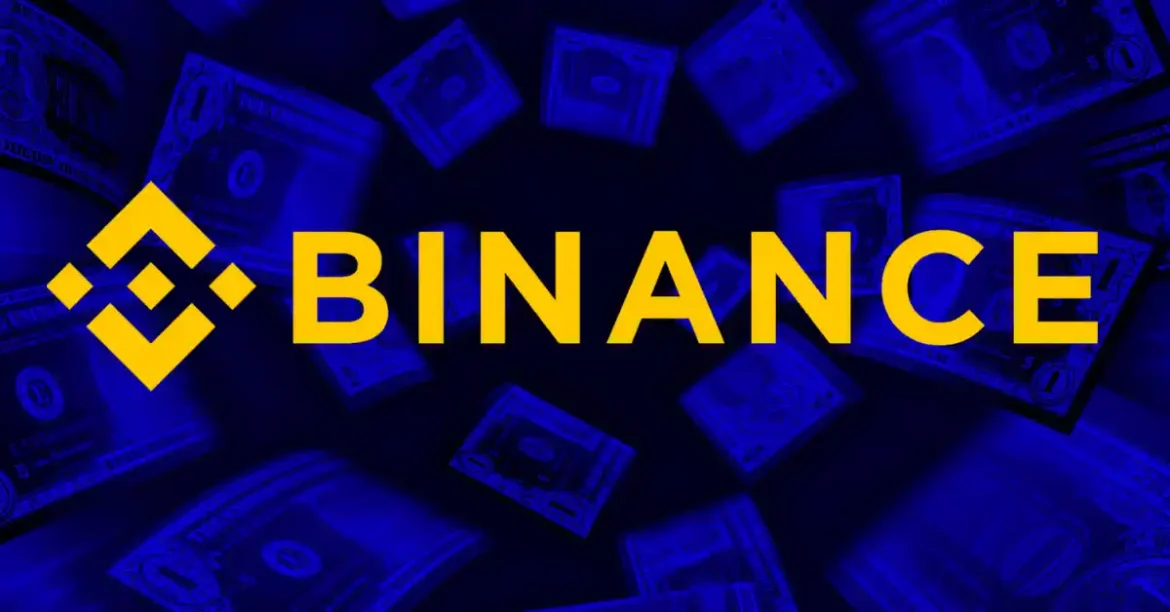Navigating Binance’s Proof-of-Reserves Reports: Investor Shifts and Market Signals
Binance, a leading global cryptocurrency exchange, periodically releases Proof-of-Reserves (PoR) reports that reveal the current state of its custodial asset holdings compared to user balances. These reports serve as both transparency tools and market sentiment barometers. A detailed examination of multiple recent disclosures—spanning Binance’s 14th through 31st PoR snapshots—uncovers significant trends in user asset allocations, collateral management, and evolving investor preferences throughout 2024 and early 2025.
—
Proof-of-Reserves: What They Reveal About Binance’s Asset Backing and User Behavior
Binance’s PoR reports quantify the exact reserves held on behalf of customers for major cryptocurrencies like Bitcoin (BTC), Ethereum (ETH), Tether (USDT), Binance Coin (BNB), and others. Importantly, many reports highlight ratios where reserves equal or exceed customer liabilities—a critical indicator of solvency and trustworthiness in a sector still shaken by past exchange collapses.
For instance, the 25th and more recent 29th PoR snapshots underline Binance’s reserve ratios exceeding 100% for assets including BTC. The 25th report noted a Bitcoin reserve ratio of 108.21%, meaning Binance maintains Bitcoin reserves 8.21% above user liabilities. Similarly, recent disclosures confirm Ethereum reserves surpass user holdings by a margin of over 8,000 ETH. These excess collateral positions reflect a buffer designed to protect user assets and foster confidence.
—
Shifts in Major Cryptocurrency Holdings: From Bitcoin to Ethereum
A clear narrative emerges from the reported data: a gradual decline in Bitcoin holdings contrasted with increased allocation toward Ethereum by Binance users.
– Bitcoin Decline: Several reports highlight a recurring decrease in user BTC balances on the platform. The 29th PoR, based on April 1, 2025, data, reveals a drop of approximately 15,577 BTC (a 2.48% decline from March). Similarly, the 22nd report flagged a 1.27% reduction to about 605,000 BTC reserved. Earlier snapshots also describe similar downtrends, suggesting users are thinning Bitcoin exposure or withdrawing BTC assets.
– Ethereum Uptick: Conversely, Binance’s PoR releases track an encouraging rise in Ethereum holdings. The 14th report documented a 2.9% increase, bringing user ETH balances to around 4 million. Additionally, the latest reports confirm a solid growth and even Ethereum reserves exceeding user balances, emphasizing ETH’s growing appeal.
– Tether and Stablecoins: USDT holdings show mild fluctuations, with slight decreases or modest incremental rises across different snapshot periods, reflecting stablecoin’s steady role but with less dramatic movements than crypto natives BTC and ETH.
—
Underlying Factors and Investor Sentiment Driving These Trends
Several macro and micro factors likely drive this observable shift from Bitcoin toward Ethereum on Binance:
—
Importance of Transparent Proof-of-Reserves in Crypto Exchange Trustworthiness
In the post-FTX crisis environment, Binance’s commitment to frequent and detailed PoR updates marks a critical industry practice supporting transparency. By verifying and publicly sharing snapshot data on their held reserves versus user liabilities, Binance aims to maintain user trust and demonstrate financial robustness amid volatile market conditions.
These reports also enable outside observers, including users and regulators, to monitor exchange solvency and risk exposure more directly, rather than relying solely on exchange self-reporting without verification.
—
Conclusion: PoR Reports as Crystal Balls for Investor Behavior and Exchange Integrity
Binance’s Proof-of-Reserves reports over the last several months reveal more than just numbers—they chart subtle but telling shifts in investor preferences, collateral management, and platform trust dynamics. The gradual migration from Bitcoin toward Ethereum holdings underscores changing market sentiment and evolving perceptions of asset utility within the crypto ecosystem.
Simultaneously, Binance’s maintenance of reserve ratios above 100% and transparency in disclosing fluctuations affirm the exchange’s forward-looking approach to maintaining confidence amid industry uncertainty. For investors, analyzing these PoR trends offers a window into broader market cycles and strategic positioning, making these reports an indispensable tool for navigating the complex cryptocurrency landscape.
In essence, Binance’s PoR snapshots not only reflect balance sheets but also narrate an unfolding story about where value and trust are currently rooted in digital finance.





